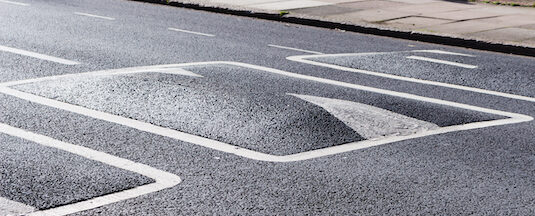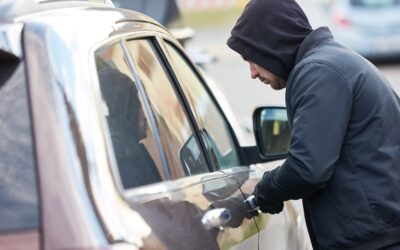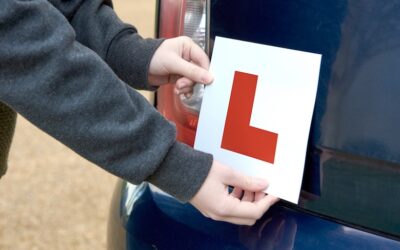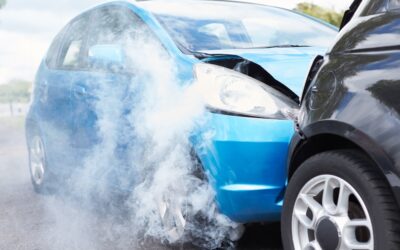You might get this question on your driving theory test:
How should you drive in areas with traffic calming measures?
The options might look something like this:
- With your headlights on a dipped beam.
- At the speed limit.
- At a reduced speed.
- In the centre of the road.
The answer? It’s c. – in areas with traffic calming measures, you should drive at a reduced speed.
What Are Traffic Calming Measures?
You’ll often find them around schools, hospitals, nursing homes, residential areas, parks, and playgrounds. But what are they are what do traffic calming measures do?
Examples of Traffic Calming Measures
- Road humps, speed bumps and speed cushions – These are the most effective traffic calming measures, as drivers have no choice but to slow down when they approach a bump in the road. Speed over a speed bump and you’ll do a lot of damage to your car! Meanwhile, speed cushions – raised rectangular areas of the road – don’t so much slow vehicles down as prevent them from speeding up.
- Chicanes – These narrow the road so that traffic can only travel in one direction at a time. A sign at the start of the chicane will indicate whether you have priority over oncoming traffic, or whether you have to give way to oncoming vehicles. If it’s the latter, you may have to stop your car until all the oncoming vehicle’s have passed. If a road contains multiple chicanes, the priority will usually alternate: You’ll have to give way at one, but you’ll have priority at the next, and so on.
- Lane Width Restrictions – A combination of traffic islands, narrowing lanes and road markings create the impression of a more confined road. This encourages drivers to slow down, rather than speed up.
- Signs – Some signs are able to detect the speed of oncoming vehicles. If you’re travelling comfortably within the speed limit, they’ll display your speed in green, often with a “thank you” message. But if you’re close to, or over, the speed limit, they’ll display your speed in yellow or red, sometimes with a message to “slow down” or a sad face.
- Speed Limits – Some areas have 20mph speed limits. You might find road humps in these areas, which work to further encourage drivers to slow down. Areas around schools often have temporary speed limits. The limit might be 30mph at most times, but at certain times during the day flashing signs might indicate a different speed limit – usually 20mph.
So How Should You Drive In An Area With Traffic Calming Measures?
Traffic calming measures are there to protect vulnerable road users, and they work by encouraging – or forcing – other vehicles to slow down.
So how should you drive in areas with traffic calming measures? As slowly and as carefully as possible!
Driving slowly and with care makes it less likely that you’ll be involved in an accident. But it’s worth bearing in mind that, if you don’t watch your speed in an area with traffic calming measures and you are involved in an accident, you may face severe penalties which may impact your car insurance.
So remember that traffic calming measures are there for a reason. You should always drive carefully. But take traffic calming measures as a sign that it’s time to drive particularly carefully.
